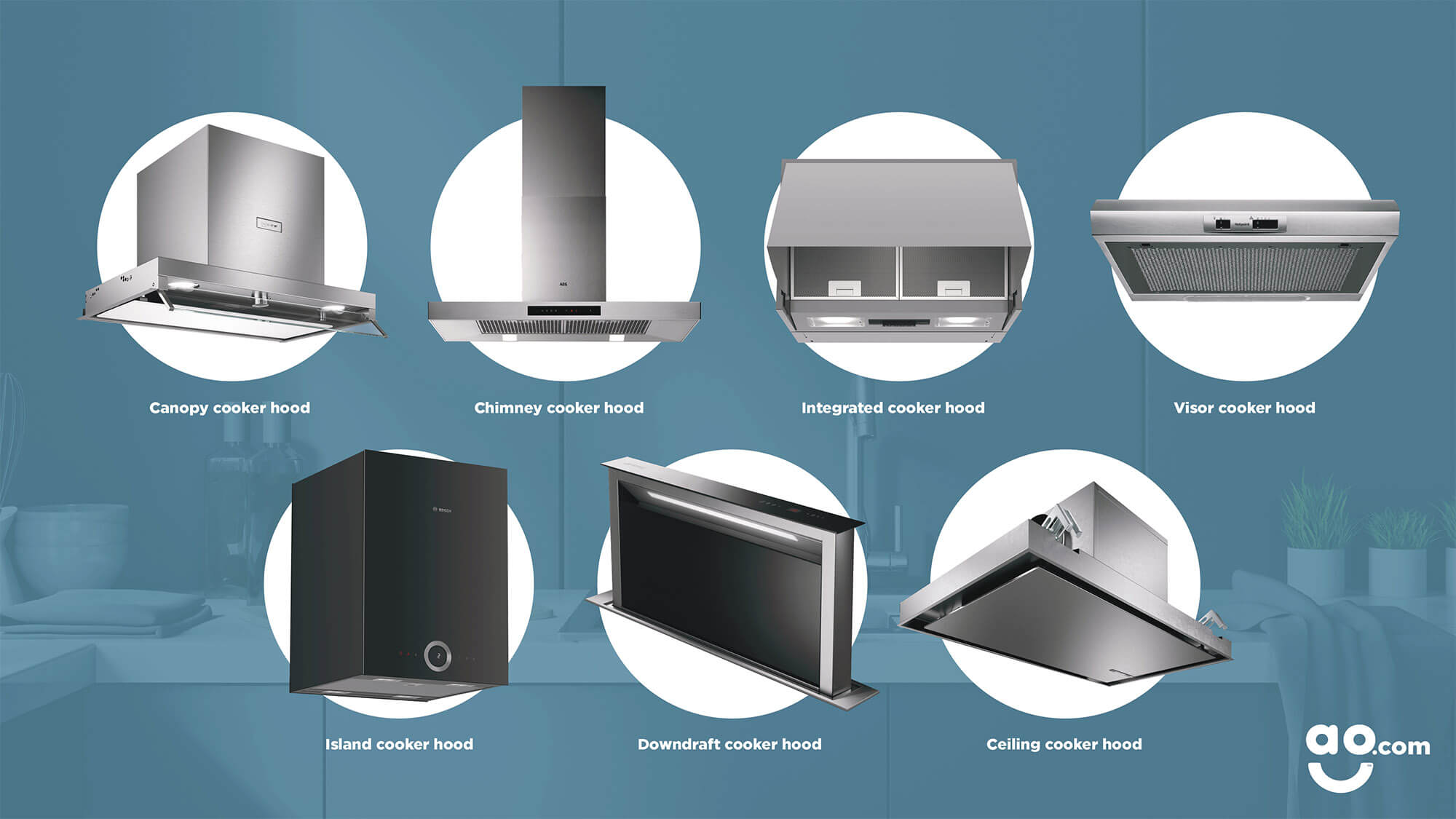Our site uses cookies to give you the best experience. or continue shopping if you're happy.
Accept & closeHow to measure your appliances
We’re big believers in planning with appliances in mind right from the get-go when undertaking a kitchen renovation project. Appliances play a huge part in our kitchens, if not the most important part. So, it’s key that they fit into our kitchens in a way that suits us. Our guide will run you through the things you need to consider when measuring up appliances for your kitchen and much more.
Ovens and Cookers
Whether you’re upgrading to a built-in oven or going all traditional with a freestanding cooker, it’s important you know how it’ll fit into your kitchen.
Single Ovens
Single ovens will usually fit into a standard oven housing unit either built-under your worktops or at eye level. The width and depth of single ovens are usually a standard, so you’ll only have to note down the height when measuring up.
Built-In Double Ovens
Built-in double ovens fit nicely in at eye level for a stylish finish and a practical set-up too. Like single ovens, the main measurement to keep in mind is the height.
Built Under Double Ovens
Built-under double ovens fit under your kitchen worktops. The height is the main measurement to note down. Built-under models are usually shorter than built-in double ovens so that they can fit under with ease.
Compact Ovens
Compact ovens are similar to single ovens, but just usually smaller in height. They integrate at eye level as a handy second oven. The width and depth are usually a standard along with single ovens, so again, it’s just the height that you should note down.
Cookers
Cookers are traditional freestanding appliances. This means they won’t need to be built into your kitchen worktops or cabinets. Instead you just need the perfect space to slot them in. They usually come in widths of 50cm, 55cm and 60cm.
Range Cookers
Range cookers are similar to traditional cookers in that they’re freestanding appliances so don’t need to be built in. But, they’re much wider and bulkier than normal cookers so you’ll need to make sure you have enough space. They usually clock in at widths of 90cm, 100cm and 110cm.
If you’re looking for a new cooking appliance and want more info and advice on the different types along with measurement and installation tips, check out our handy guides below.
Cooking Appliances
Cooker & oven measurement guide
Our handy guide will help you find the right appliance for your kitchen
Hob measurement guide
We’ve put together some handy tips that’ll help you make sure you get that perfect fit
Cooker hood measurement guide
Make sure that new cooker hood fits perfectly in your kitchen
Hobs and Cooker Hoods
Your hob and hood need to work together in your kitchen, therefore it’s a good idea to have both in mind when planning out your space.
Planning your new hob space
There are a few things to consider when planning your hob space. First is the width of the hob itself. The height and depth are usually a standard so it’s just the width which can vary from 60-90cm that you need to take note of. You also need to factor in the Hot Zone, which is the space between your hob and hood. This needs to be 75cm tall and should be clear of any flammable materials. Finally, it’s important that your hob is the same size or smaller than your cooker hood. This way, you won’t have to cook in a cloud of smoke.
Cooker Hoods
Cooker hoods come in many different fits and types that are suited to different kitchen sizes. It’s important that you choose a variation that best fits your kitchen space as well as your hob itself.

For more information on the different cooker hood types and the things to consider when fitting in your new hood, check out our handy guides below.
Cooker hood measurement guide
Make sure that new cooker hood fits perfectly in your kitchen
Washing Machines, Tumble Dryers & Dishwashers
These workhorse appliances are underrated but essential in our kitchens. It’s easy to forget about them when planning your space, but here are some things to consider.
Washing machines and washer dryers
Freestanding washing machines are usually made to a standard size so that they can fit nicely under a kitchen worktop. The same can be said for integrated models, but you’ll have to factor in the furniture door as well.
Think about where you want to place your washing machine in your kitchen, as it’ll need to be close to your water supply. Also make sure to allow for an extra 7cm at the back for pipes to slot in.
Top tip: Some models have chunky control panels that can stick out from your counters if not measured properly. So, make sure to keep that in mind when you get your tape measure out.
Tumble dryers
Tumble dryers are similarly made to a standard size to fit under your kitchen worktop. The depth dimension can vary depending on the size of the drum, so do take that into account.
If you’re buying a vented model, you’ll need to add on an extra few centimetres at back for the hose.
Dishwashers
Standard freestanding dishwashers should fit under your kitchen worktop with no problem. If you’re replacing a model, find one with the same dimensions for a like for like fit.
If you’re looking for an integrated model to sit flush with your new kitchen, you’ll want to measure the height, width and depth of the cabinet you want to install it in. Make sure to give a little wiggle room for each measurement just to be sure.
Top tip: Don’t forget to factor in 5cm of space at the back for pipes to fit in nicely.
Want more advice on how to measure for and install your new washing machine or dishwasher? Check out our in-depth guides below.
Laundry & Dishwashers
Washing machine & washer dryer measurement guide
How to properly measure for your new machine
Tumble dryer measurement guide
Get your measuring tapes at the ready and find out how to measure for your new tumble dryer
Dishwashers measurement guide
Measure up for your new dishwasher with a little help from our dishwasher measuring guide
Refrigeration
Everyone’s favourite appliance, right? Whether you’re going for a flush integrated fridge freezer or a hulking American style one, we’ve got some general tips to help you plan properly.
Fridge freezers
There’s not too much to worry about with freestanding fridge freezers, just make sure the one you like will fit into the space in your kitchen.
With integrated fridge freezers there are few things to consider. Firstly, most models are a standard size so they can fit into a 60Wx60D housing unit. Secondly, if you’re replacing an old model, your new one should have the same split type, or your furniture doors won’t match up.
American fridge freezers
American fridge freezers are usually only ever freestanding, which means you won’t need to install it. However, they’re massive appliances so it’s important you measure the space in your kitchen to makes sure there is enough room. Make sure to factor in the doors and how wide they open, you don’t want to find out something’s in the way too late.
Does the model you’re going for have a water dispenser that needs plumbing in? If yes, it’ll need to be within 5m of where it can be plumbed into your water supply.
Fridge
Similar to fridge freezers, you won’t have to worry too much about freestanding models, just make sure it will fit in the space you’ve allocated. Under counter fridges are usually made to a standard size to fit under your worktop with no problem.
Integrated models may differ in height, but they should have a standard depth of 55cm to fit into your kitchen units.
Freezer
For freestanding freezers whether it’s an upright model or a chest freezer, just make sure it’ll fit in the space you want to put it. Under counter models are usually a standard, so should fit under your worktops just fine.
Like integrated fridges, integrated freezers are built with a standard 55cm depth so that they can squeeze into your kitchen units.
Sliding vs fixed hinge
With integrated models, there are two types of hinges you need to consider; sliding and fixed. If you’re replacing an old integrated appliance, make sure to buy the same type of hinge used on your old model for your new one.
Need some more tips and advice on measuring up for that new fridge freezer? Check our dedicated articles below.
Fridges & Freezers
American fridge freezer measurement guide
How to properly measure for your new american fridge freezer
Do's and don'ts

Do

Don't
Put your fridge freezer next to a dishwasher or cooker, or any source of heat for that matter.

Do
Make a note of where the plumbing and electric sockets are in your kitchen to see if you need any extra ones putting in.

Don't
Put your American fridge freezer in the way of doors or walkways through the kitchen. They open much wider than normal fridge freezers.

Do
Plan for your American fridge freezer to be no more than 5m away from your sink if it’s a plumbed in model.

Don't
Use extension leads for plugging in appliances. Just double check the length of the relevant power cord or pipework.

Do
Plan a ducting route for your cooker hood if want to vent outside. It should ideally be no longer than 5m. You’ll need to deduct 1.2m for each right angle turn you make.

Don't
Put your washing machine or fridge freezer anywhere with an uneven surface.

Do
Plan to have fridges and freezers in an area that is above 10 °C. They need this ambient temperature to work properly.

Don't
Forget to take into account different floor heights.

